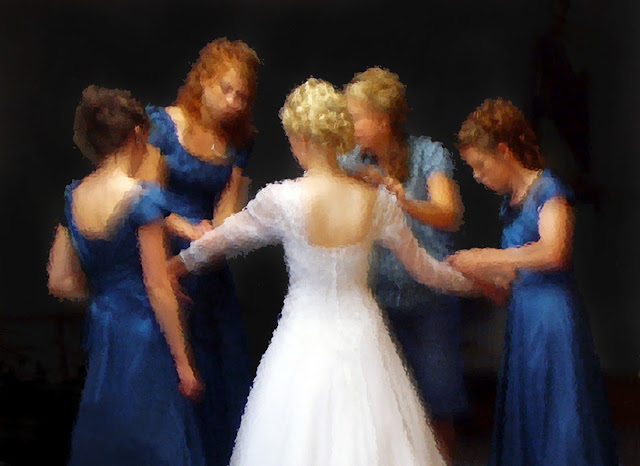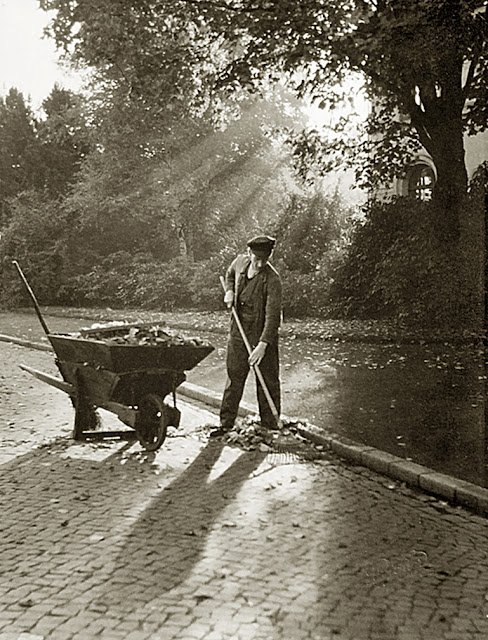Technical Data LEICA T
Camera type Leica T
Lens connection
Leica T bayonet fitting with
contact strip for communication between lens and camera
Lens system Leica
T lenses
Sensor CMOS sensor, size APS-C (23.6 x 15.7
mm) with 16.5/16.3 million pixels (total/effective), format aspect ratio 3:2
Resolution JPEG: 4928 x 3264 (16 megapixels), 4272 x
2856 (12.2 megapixels), 3264 x 2160 (7 megapixels), 2144 x 1424 (3 megapixels),
1632 x 1080 (1.8 megapixel), DNG: 4944 x 3278 pixels
Picture data file formats / compression rates Selectable:
JPG Superfine, JPG Fine, DNG + JPG Superfine, DNG + JPG Fine
Video recording format MP4
Video resolution / frame rate Selectable: 1920
x 1080 p, 30 fps or 1280 x 720 p, 30 fps
Storage media 16 GB internal memory; SD/SDHC/SDXC
memory cards, multimedia cards
ISO range Automatic, ISO 100 to ISO 12500
White balance Automatic, presets for daylight,
cloud, halogen lighting, shadow, electronic flash, two manual settings, manual
color temperature setting
Autofocus system Contrast based
Autofocus metering methods Single point,
multiple point, spot, face detection, touch AF
Exposure modes Automatic program, aperture priority,
shutter speed priority, manual setting, scene exposure modes: Fully automatic,
sport, portrait, landscape, night portrait, snow/beach, fireworks, candlelight,
sunset
Exposure metering Multiple field,
center weighted, spot
Exposure compensation ±3 EV in 1/3 EV increments
Automatic bracketing Three pictures in
graduations up to ±3 EV, adjustable in 1/3 EV increments
Shutter speed range 30 s to 1/4000 s
Picture series Approx. 5 fps, 12 pictures with
constant picture frequency, then depending on memory card properties
Flash modes Automatic,
automatic / red eye reduction, always on, always on / red eye reduction, slow
sync, slow sync / red eye reduction
Flash exposure compensation ±3 EV in 1/3 EV
increments
Flash synchronization Sync time: 1/180 s
Guide number of built-in flash unit for
ISO 100: 4.5
Recovery time of built-in flash unit Approx.
5 s with fully charged battery
Monitor 3.7″ TFT LCD , 1.3 million pixels,
854×480 per color channel
Self timer Selectable delay time 2 or 12 s
WLAN Complies
with IEEE 802.11b/g/n standard (standard WLAN protocol), channel 1-11,
encryption method: WiFicompatible WPA™ / WPA2™, access method: Infrastructur
operation
Power supply Leica BP-DC13 lithium ion battery,
rated voltage 7.4V, capacity 1040mAh (based on CIPA standard): approx. 400
pictures, charging time (after total discharge): approx. 160 min
Connections Micro
USB port (2.0 High Speed), Leica flash interface with integrated connection for
optional accessories; battery charging via USB connection possible with max. 1A
Charger Leica BC-DC13, input: AC 100-240V,
50/60Hz, automatic reversing, Output: DC 8,4V 0,65A, Weight: approx. 90 g,
Dimensions: approx. 96x68x28 mm
Body Leica unibody solid aluminum design, two
removable dummy plugs for carrying strap and other accessories, ISO flash shoe
with center and control contacts for connection of more powerful external flash
units, e.g. Leica SF 26, or for attaching the Leica Visoflex electronic
viewfinder
Tripod thread A 1/4 DIN 4503 (1/4″)
Dimensions (WxHxD) 134
x 69 x 33 mm
Weight Approx. 384 g / 339 g (with / without
battery)
Items supplied Camera body, carrying strap, 2
carrying strap release pins for detaching the carrying strap, battery (Leica
BP-DC13), charger (Leica BC-DC13) with 6 adapter plugs, USB cable
Software Adobe® Photoshop® Lightroom® (free
download after registration of camera), Leica T app for iOS® (remote control
and image transfer, free download from Apple® App-Store®)
Technical Data LEICA VARIO-ELMAR-T 18–56 mm f/3.5–5.6 ASPH.
Compatible cameras All Leica T models
Field angle (diagonal, horizontal, vertical) At
18 mm: Approx. 75°, 62°, 41°, At 56 mm: Approx. 28°, 23°, 15°, corresponding to
around 27-84 mm focal length in 35 mm format
Optical design:
Number of lenses / groups 10/7
Aspherical surfaces 4
Position of entrance pupil (at infinity / at close up limit) At
18 mm: -37.8/19.9 mm, at 56 mm: -28/49.7 mm (in direction of light incidence
behind / in front of bayonet mount)
Distance setting:
Setting / Function Electronically controlled, mode
selectable using camera menu: Automatic (AF) or manual (M), in AF mode manual
override possible at any times with setting dial
Focusing range 0.3/0.45 m (at 18/56 mm) to ∞
Smallest object field / Largest scale At 18
mm: Approx. 312 x 207 mm / 1:13.2, at 56 mm: Approx. 110 x 73 mm / 1:7.5
Aperture:
Setting / Function Electronically controlled,
adjustment using dial on camera, third values also available
Lowest value 16
Bayonet fitting Leica T quick-change bayonet with
contact strip for Leica T models
Filter mount / Lens hood External bayonet fitting for lens hood
(included), internal thread for E52 filters, filter mount does not rotate
Finish Black anodized
Dimensions and weight:
Length to bayonet mount Approx. 60/99 mm
(without/with lens hood)
Largest diameter Approx. 63/73 mm (without/with
lens hood)
Weight Approx. 256/287 g (without/with lens
hood)
Technical Data LEICA SUMMICRON-T 23mm f/2 ASPH.
Compatible cameras All Leica T models
Field angle (diagonal, horizontal, vertical) Approx.
64°, 53°, 35°, corresponding to around 35 mm focal length in 35 mm format
Optical design:
Number of lenses / groups 9/6
Aspherical surfaces 2
Position of entrance pupil (at infinity / at close up limit) -22,7/10,5
mm (in direction of light incidence behind /in front of bayonet mount)
Distance setting:
Setting / Function Electronically controlled, mode
selectable using camera menu: Automatic (AF) or manual (M), in AF mode manual
override possible at any times with setting dial
Focusing range 0.3 m to ∞
Smallest object field / Largest scale Approx.:
295 x 196 mm / 1:12.6
Aperture:
Setting / Function Electronically controlled,
adjustment using dial on camera, third values also available
Lowest value 16
Bayonet fitting Leica T quick-change bayonet with
contact strip for Leica T models
Filter mount / Lens hood External bayonet fitting for lens hood
(included), internal thread for E52 filters, filter mount does not rotate
Finish Black anodized
Dimensions and weight:
Length to bayonet mount Approx. 37/69 mm
(without/with lens hood)
Largest diameter Approx. 63/73 mm (without/with
lens hood)
Weight Approx. 154/186 g (without/with lens
hood)
For information on the Leica T and
Leica T Lenses go to:











 Leitz Elmar 35mm f/3.5
Leitz Elmar 35mm f/3.5
